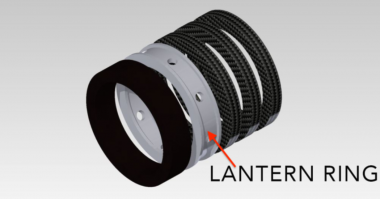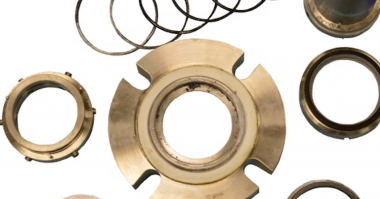Regulations Respecting Reduction in the Release of Methane and Certain Volatile Organic Compounds (Upstream Oil and Gas Sector,) Canada Gazette, Part I, Vol 151, No 21; May 27th publication
Fluid Sealing Association Response:
On behalf of The Fluid Sealing Association, an organization comprised of sealing device technology manufacturers who make devices used to contain fluids and air emissions to prevent harmful, toxic, or otherwise dangerous products escaping into the environment. FSA’s technologies are used in every aspect of oil and gas production, gathering, boosting, processing, transmission and storage, and generally in all industrial activity around the world. These devices are often overlooked and their function is not generally well known or understood, yet they fulfill an essential role in support of our customers in the oil & gas sector to maintain a clean environment, insure safety, and prevent product waste, while allowing industrial growth and profitability.
FSA members manufacture the following products that we believe will be helpful in achieving the goals to significantly reduce methane emission from the oil and gas industry.
- Mechanical Seals which are used to seal rotating shafts as they enter the housing of a centrifugal compressor. The seals prevent gases from escaping in the space where there is relative motion between the shaft and the housing. Various mechanical seal technologies are used, dry gas seals or wet oil seals with significantly different emission characteristics.
- Gaskets are used to provide a static seal between two stationary components. They are used on flanges that connect piping, valves, compressors, pneumatic driven pumps, instrumentation, and many other types of equipment. Due to the high number of flanges and equipment connections subject to the thermal and mechanical stresses associated with centrifugal and reciprocating compressors, the proper use of high performance gaskets can significantly contribute to reduced fugitive emission levels.
- Compression Packing is most commonly made of braided fibers, and is used to seal valve stems and shafts of reciprocating compressors. Valves have been identified as a major contributor to emissions, primarily due to their extremely high usage. Modern fibers and construction methods allow sealing at extremely low emission levels.
- Expansion Joints for Piping are used to provide a flexible connection between pipes and their joining to other equipment. The expansion joints are typically bolted to flanges of piping or other process equipment. The use of expansion joints can reduce the number of piping connections, eliminate stress on a pipe that can create leaks in bolted joints, and reduce stress on rotating equipment that could affect seal or bearing wear, thereby significantly contributing to the reduction of emissions in piping systems.
To read more, click here FSA Comments_Canada Gazette Part I 72617.


![Durlon Chemap® filters solve filtration tasks in a simpleand economic way [Case Study]](http://test.empoweringpumps.com/wp-content/uploads/2022/12/Durlon-Chemap®-filters-solve-filtration-tasks-in-a-simpleand-economic-way-Case-Study-7-380x199.png)


Comments